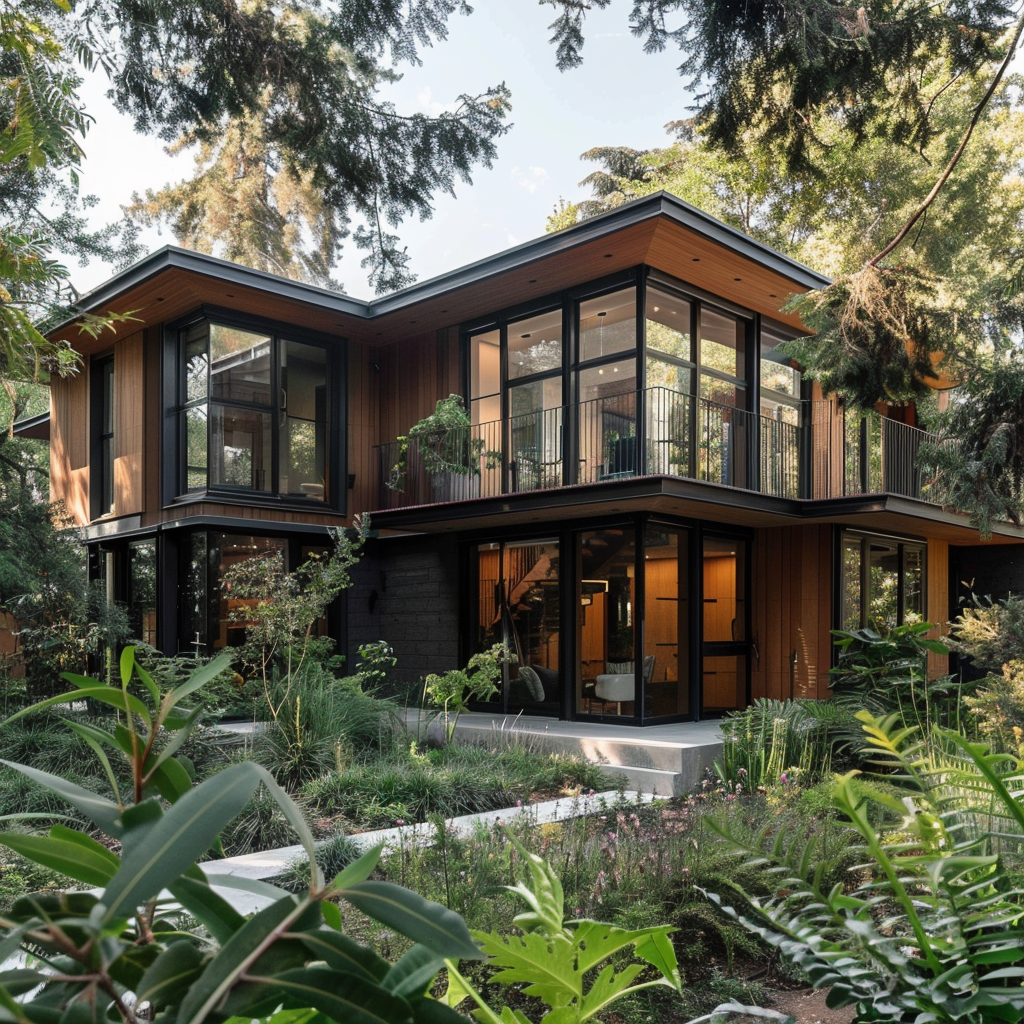When it comes to small commercial tenant improvements, many business owners might wonder whether hiring an architect is necessary. After all, tenant improvements often involve updating interiors, reconfiguring spaces, or making cosmetic changes—projects that might seem straightforward at first glance. However, the value that an architect brings to these types of projects goes far beyond basic design. From optimizing space and ensuring compliance to enhancing the aesthetics of your commercial space, hiring an architect can significantly impact the success of your tenant improvement project.
1. Optimizing Space for Functionality and Efficiency
One of the most significant benefits of hiring an architect for small commercial tenant improvements is their ability to optimize space. Whether you’re redesigning an office, retail space, or restaurant, the layout and functionality of the space are crucial to the success of your business.
An experienced architect can assess the existing layout and identify opportunities to improve flow, increase usable space, and enhance overall functionality. For example, they can create efficient layouts that maximize square footage, ensuring that every inch of your commercial space is used effectively. This is particularly important in cities like San Francisco, where commercial spaces are often compact, and space optimization is key to achieving business goals.
Tip: By working with an architect, you can create a space that not only meets your immediate needs but also has the flexibility to adapt as your business grows.
2. Ensuring Compliance with Building Codes and Regulations
Navigating the complex web of building codes and regulations is a critical aspect of any commercial project, including tenant improvements. These regulations can vary significantly depending on the location, the type of business, and the scope of the project. Failing to comply with local building codes can result in costly delays, fines, and even the need to redo work.
An architect with expertise in commercial tenant improvements understands the specific compliance requirements for your area, including ADA (Americans with Disabilities Act) guidelines, fire safety regulations, and zoning laws. They can help ensure that your project meets all legal standards, minimizing the risk of compliance issues and keeping your project on schedule.
Tip: Engage an architect early in the planning process to avoid potential regulatory challenges and ensure a smooth path to project completion.
3. Enhancing Aesthetics to Reflect Your Brand
The aesthetics of your commercial space play a vital role in how your business is perceived by customers, clients, and employees. A well-designed space that reflects your brand’s identity can enhance customer experience, boost employee morale, and set your business apart from the competition.
Architects bring a deep understanding of design principles, materials, and finishes that can elevate the look and feel of your space. They can create a cohesive design that aligns with your brand’s vision, whether that means a sleek, modern office or a warm, inviting retail space. Additionally, architects have access to a wide range of materials and design solutions that can achieve high-end looks within your budget.
Tip: Collaborate with your architect to ensure the design elements of your space reinforce your brand’s identity and create a lasting impression on visitors.
4. Managing the Construction Process
Beyond design, architects often play a crucial role in managing the construction process for small commercial tenant improvements. They work closely with contractors, suppliers, and other professionals to ensure that the project is executed according to plan. This includes overseeing the quality of work, coordinating schedules, and addressing any issues that arise during construction.
An architect’s involvement in project management helps to maintain the integrity of the design and ensures that the final result aligns with your expectations. Their oversight can also help prevent costly mistakes and ensure that the project stays within budget.
Tip: Ask your architect about their project management services and how they can help ensure your tenant improvement project is completed on time and within budget.
5. Adding Long-Term Value to Your Investment
Investing in small commercial tenant improvements is not just about meeting immediate business needs—it’s also about adding long-term value to your property. A well-designed and well-executed tenant improvement can enhance the overall value of your commercial space, making it more attractive to future tenants or buyers.
Architects can help you make strategic decisions that add value to your property, such as selecting durable materials, designing flexible layouts, and incorporating sustainable design practices. These considerations can reduce maintenance costs, increase the longevity of the space, and appeal to environmentally-conscious tenants.
Tip: Consider how the design choices you make today can impact the long-term value of your commercial property, and work with an architect to maximize that value.
Conclusion
Hiring an architect for small commercial tenant improvements offers numerous benefits that can greatly enhance the success of your project. From optimizing space and ensuring compliance to enhancing aesthetics and managing the construction process, architects bring a wealth of knowledge and expertise that can make a significant difference in the outcome of your project.
If you’re considering a tenant improvement project in San Francisco, the East Bay, or the surrounding Bay Area, our firm is here to help you navigate the process and create a space that meets your business needs while adding long-term value to your investment. Contact us today to learn more about how we can assist with your next commercial project.
Written by Chat GPT



